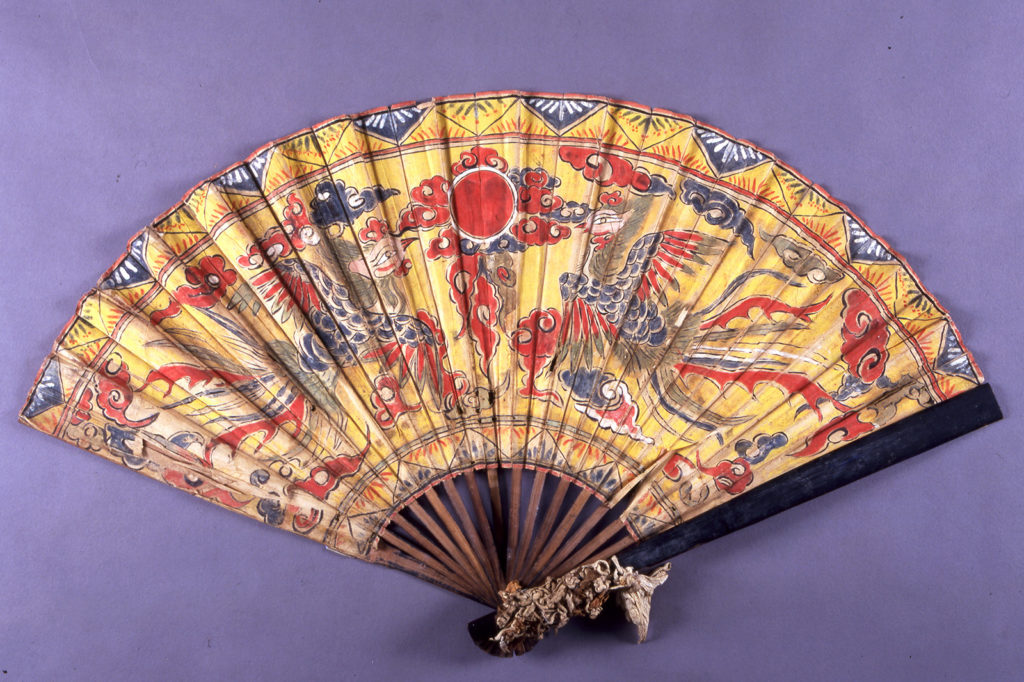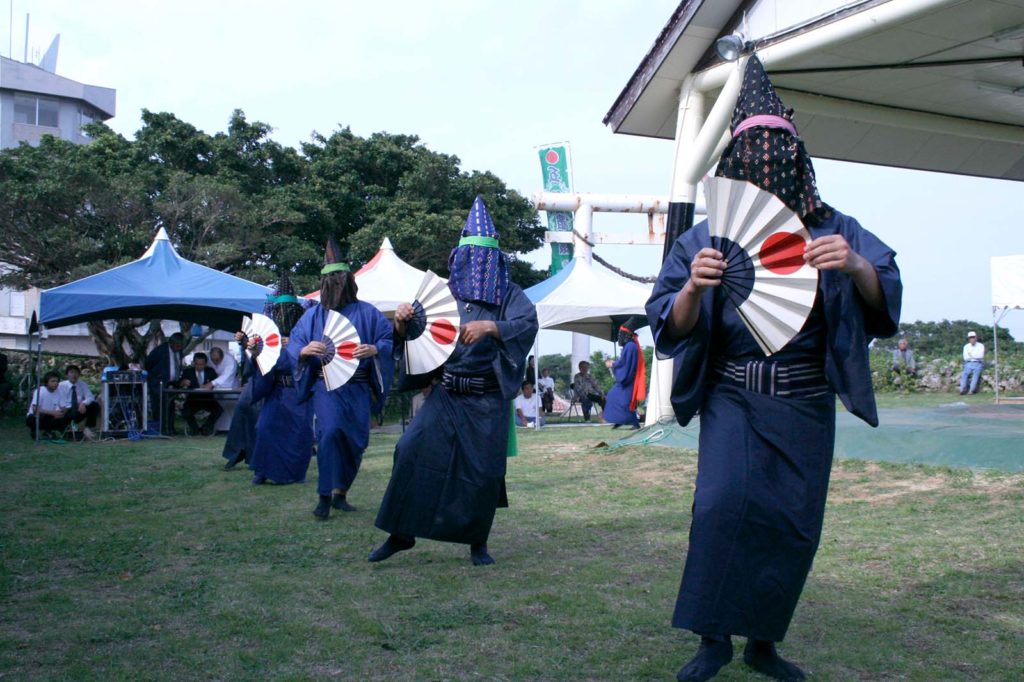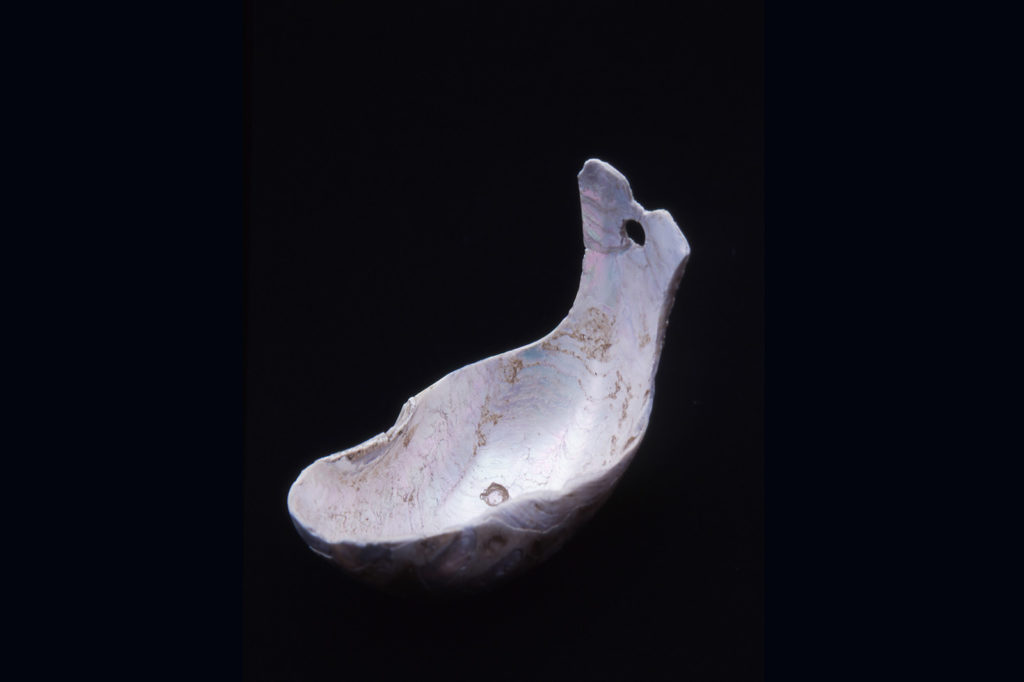
Culture and History
Historical Overview of the Amami Archipelago (Under U.S. Armed Forces Administration and Movement to Return to Japan)
In 1945, Japan accepted the Potsdam Declaration and the war had ended. After disarmament in the Amami islands, demobilized soldiers and repatriates returned to the islands one after another. But there wasn’t much time to rejoice as General Headquarters announced in the 2.2 Declaration on February 2, 1946 (Showa 21) that the Southwest Islands at 30 degrees north latitude and southward (the Tokara islands, the Amami islands, Okinawa, and the Ogasawara islands) would be separated from Japanese soil and administered under authority of the U.S. Forces government. Even after Ryukyu and Satsuma control ended, the Amami Islands continued what became an 8-year trek of hardship under the control of the U.S. Forces government.
The 2.2 Declaration prohibited flying the Japanese flag in the Amami Islands and replaced the widely-used Japan Bank currency with the B yen used by the military government. Prices for goods and labor were controlled and communications with the Japanese mainland were shut down. Supplies were distributed to the people, but the island was stricken a number of shortages in everyday supplies as Japan underwent dizzying post-war changes, and the islands were isolated in terms of administration and economy as well as industry, education, culture and social welfare.
At first, the military government’s stance was to work to establish democracy. People starved of culture in the closed-off islands created their own music, theater and publishing in what became an Amami renaissance. But anxious about the future, many others steered small boats across the Japanese border to the mainland to engage in secret shipping and trade to procure textbooks and the necessities of daily life they lacked.
A tripling of the price of distribution food announced in 1949 (Showa 24) drove the islanders further into a corner, and stoked the smoldering movement to return to Japan into a fast-spreading wildfire.
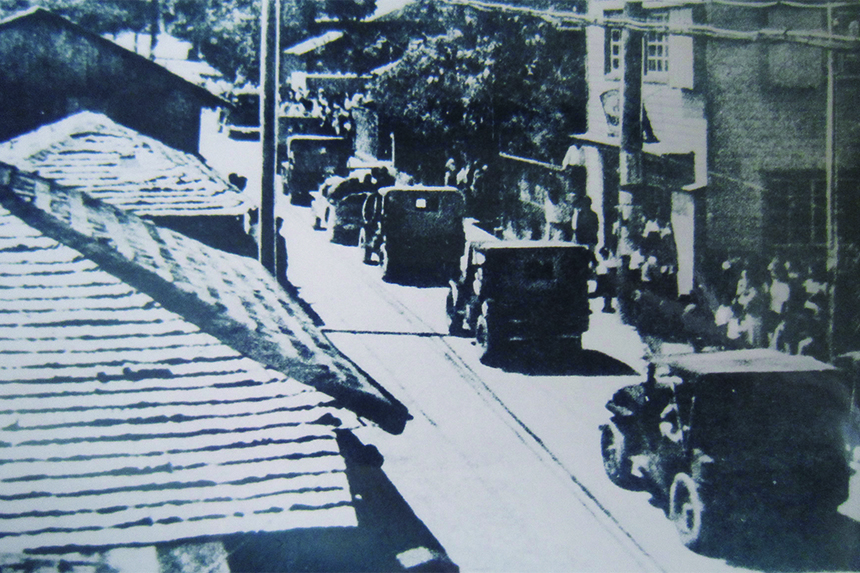
American military arrive on the island with Jeeps (courtesy of Amami City)
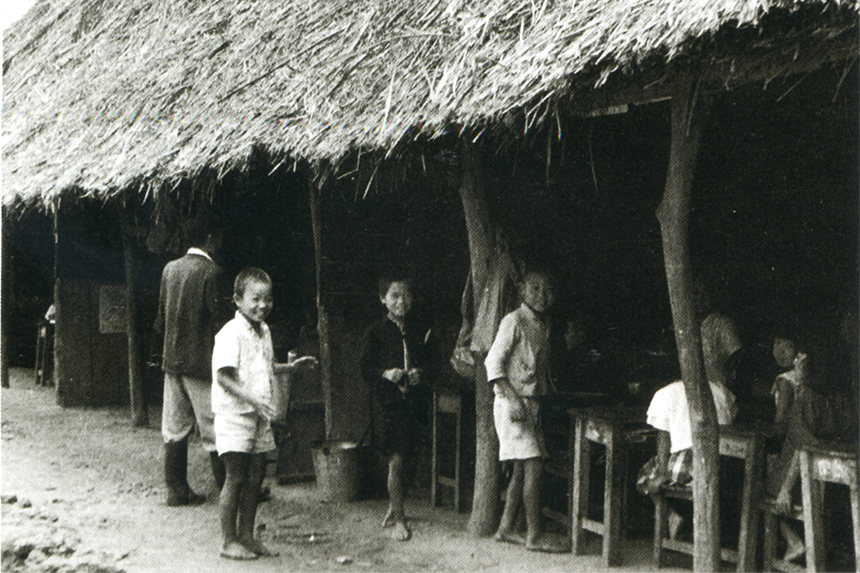
Thatched-roof schoolhouse after the war (courtesy of Kagoshima Prefecture)
A tripling of the price of distribution food announced in 1949 (Showa 24) drove the islanders further into a corner, and stoked the smoldering movement to return to Japan into a fast-spreading wildfire.
The hope of Amami civilians to return to Japan coalesced under leaders like Hourou Izumi, who chaired the Committee for Return of Amami Oshima to Japan. Ninety-nine percent of Amami Island citizens participated in peaceful protest through signing declarations and petitions, and holding rallies and hunger strikes throughout the islands. These movements were backed by the solidarity of influential mainlanders native to the Amami Islands who helped boost the protests to be discussed in the Diet. The fact that the movement to return the Amami Islands to Japan was a peaceful social movement was historically of note as well.

Hourou Izumi, leader of the movement to return Amami to Japan
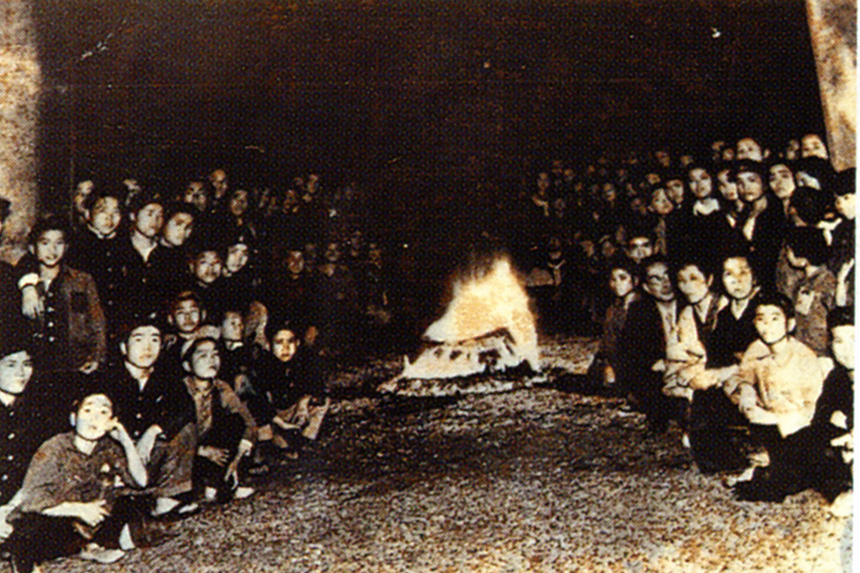
Hunger strike (courtesy of Amami City)
When a draft to the Treaty of San Francisco proposed that islands at 29 degrees north latitude southward become a trusteeship, the movement to return these lands to Japan intensified. For days on end, throngs of everyone from small children to senior citizens marched in protest holding lanterns, amid what had become a passionate, advancing wave of petitions, rallies and signature campaigns. These massive efforts of island citizens and native islanders spurred a meeting to petition then-Prime Minister Shigeru Yoshida, and eventually led to a successful direct appeal to First Lady Eleanor Roosevelt. In August 1952 (Showa 27), Secretary John Dulles made a sudden announcement of the return of Amami to Japan in the Dulles Declaration, and on December 25, 1953 (Showa 28), the Amami Islands at 27 degrees north latitude southward returned to Japan to become Oshima County in Kagoshima Prefecture. It became a day to commemorate: the will of all island civilians and those hailing from the islands had made history.
December 25th is still remembered as the anniversary of the Amami Islands Reversion to Japan.
(The Ogasawara Islands reverted in 1968, and were followed by the reversion of Okinawa in 1972.)
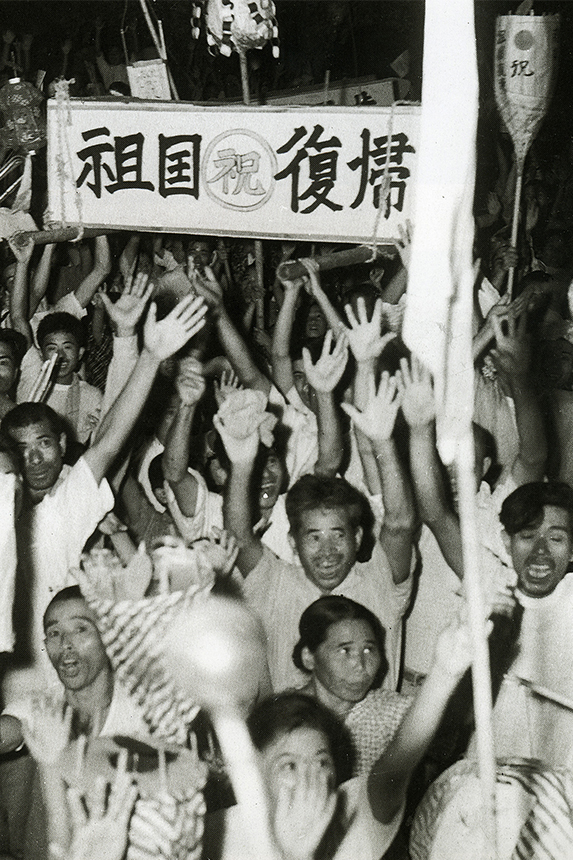
Exuberance at the Dulles Declaration (courtesy of Kagoshima Prefecture)

Memorial event commemorating Amami’s reversion
Text/ HORIZON Editorial Office
